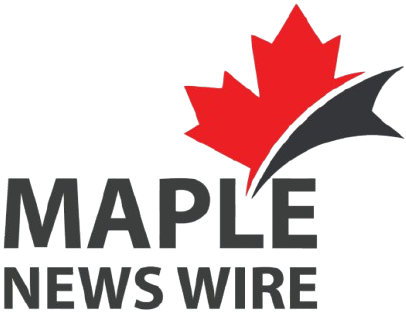As Canada navigates a volatile global economy, the country’s economic landscape in 2025 is shaped by a combination of external trade tensions—particularly with the United States—and internal economic adjustments following the COVID-era stimulus era. With newly elected Prime Minister Mark Carney engaging in high-profile talks with U.S. President Donald Trump over recent tariff hikes, questions are intensifying about Canada’s short- and medium-term economic stability.
This report presents a sector-by-sector breakdown of the economic impact on Canada in 2025.
GDP Growth and Macroeconomic Outlook
- Real GDP Growth Projection:
Canada’s GDP growth forecast has been revised from 2.1% to 0.6% for FY2025, following a sharp decline in export demand and industrial output. - Key Contributing Factors:
- 25% U.S. tariffs on Canadian steel and aluminum
- Decline in global commodity prices
- Sluggish consumer spending due to inflationary pressure
- Provincial Outlook:
- Ontario and Quebec: Most impacted due to heavy manufacturing and export dependence
- Alberta: Resilient oil revenue but politically unstable amid separation discussions
- British Columbia: Diversification in tech and real estate providing partial insulation
Inflation and Interest Rates
- Current Inflation Rate (April 2025): 4.6% YoY
- Core Drivers:
- Import price hikes due to tariffs
- Fuel and food price surges
- Wage stagnation amid rising living costs
- Bank of Canada Policy:
- Interest rate held steady at 4.25% to curb inflation while avoiding recession
- Monetary tightening paused as labor markets show signs of weakening
Sector-Wise Impact
- Manufacturing and Exports
- Export Decline: -8.3% in Q1 2025 compared to Q4 2024
- Automotive sector: Facing disruptions in parts supply and increased cost of assembly
- Mitigation Strategy: Canadian firms are pivoting toward EU and Indo-Pacific trade corridors
- Energy Sector
- Alberta Oil Revenues: Stable due to international demand, though investments remain cautious
- Green Energy: Growth in BC and Quebec driven by government funding and private capital
- Agriculture
- Canadian wheat and dairy exports hit by reduced U.S. purchases
- New MoUs signed with India, UAE, and Japan to diversify agri-exports
Employment and Labor Market
- Unemployment Rate: 6.3%, up from 5.8% in late 2024
- Job Losses:
- 33,000 jobs lost in March 2025—the largest drop since the pandemic
- Manufacturing, transportation, and retail sectors most affected
- Wage Growth: Sluggish at 2.1% YoY, failing to keep pace with inflation
Trade Diversification and Foreign Investment
- U.S. Reliance: Canada still exports over 75% of goods to the U.S.
- New Markets:
- Canada-Europe Trade (CETA) volumes up 12% YoY
- Indo-Pacific Strategy: Exports to Japan, Vietnam, and Australia on the rise
- Foreign Direct Investment (FDI):
- FDI inflow declined by 9% amid uncertainty but remains strong in clean tech and AI
Housing and Consumer Trends
- Housing Prices:
- Still elevated in urban cores but stabilizing
- First-time buyers retreat due to high mortgage rates
- Consumer Sentiment:
Declined sharply in Q1 2025, with retail sales down 4.2% from a year earlier
Strategic Recommendations and Outlook
Short-Term
- Aggressively pursue bilateral trade agreements with Asian and European markets
- Introduce targeted stimulus for industries directly affected by tariffs
Medium-Term
- Invest in high-tech manufacturing and automation to reduce dependence on U.S. supply chains
- Accelerate green energy transition to create domestic jobs and reduce imports
Long-Term
- Strengthen economic sovereignty through digital economy frameworks, AI innovation, and education sector exports
Conclusion
Canada’s economic resilience is being tested in 2025. While U.S.-imposed tariffs have exposed vulnerabilities, they’ve also pushed Canada to seek a more diversified and self-reliant economic path. Prime Minister Carney’s assertive diplomacy and a pivot toward new global alliances will determine how quickly Canada can stabilize, grow, and future-proof its economy.




